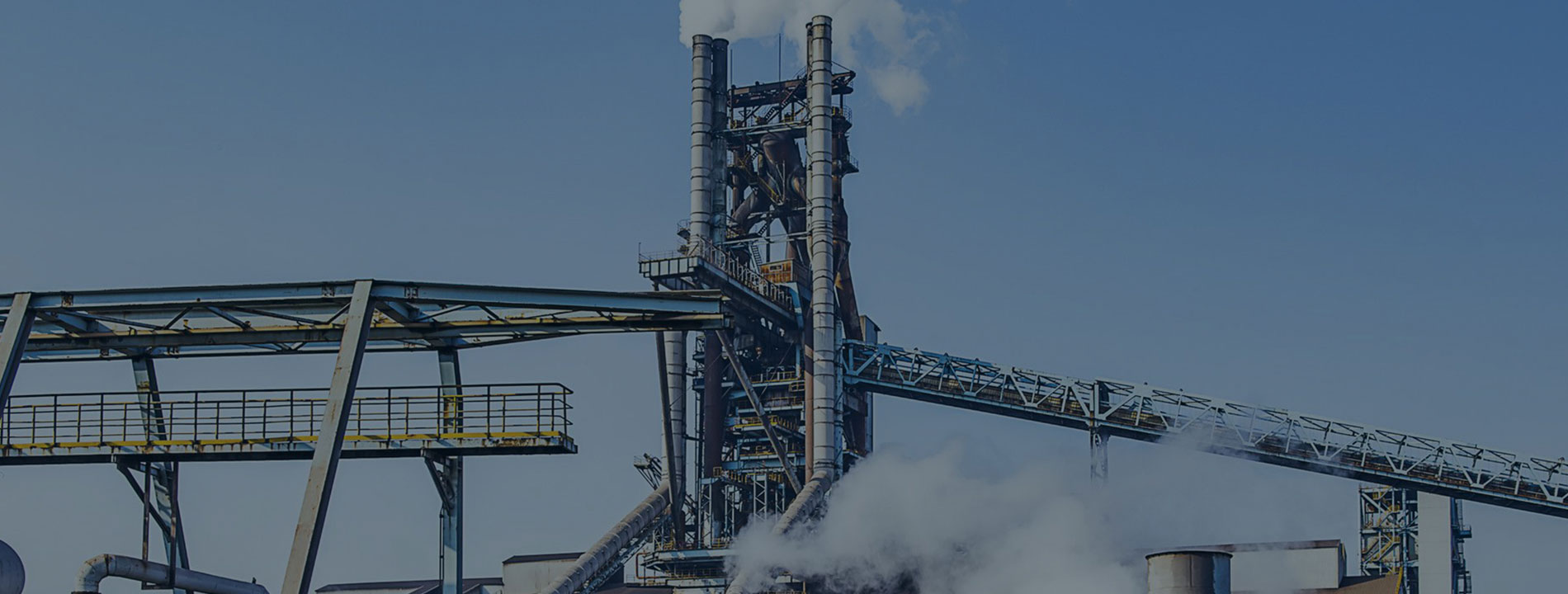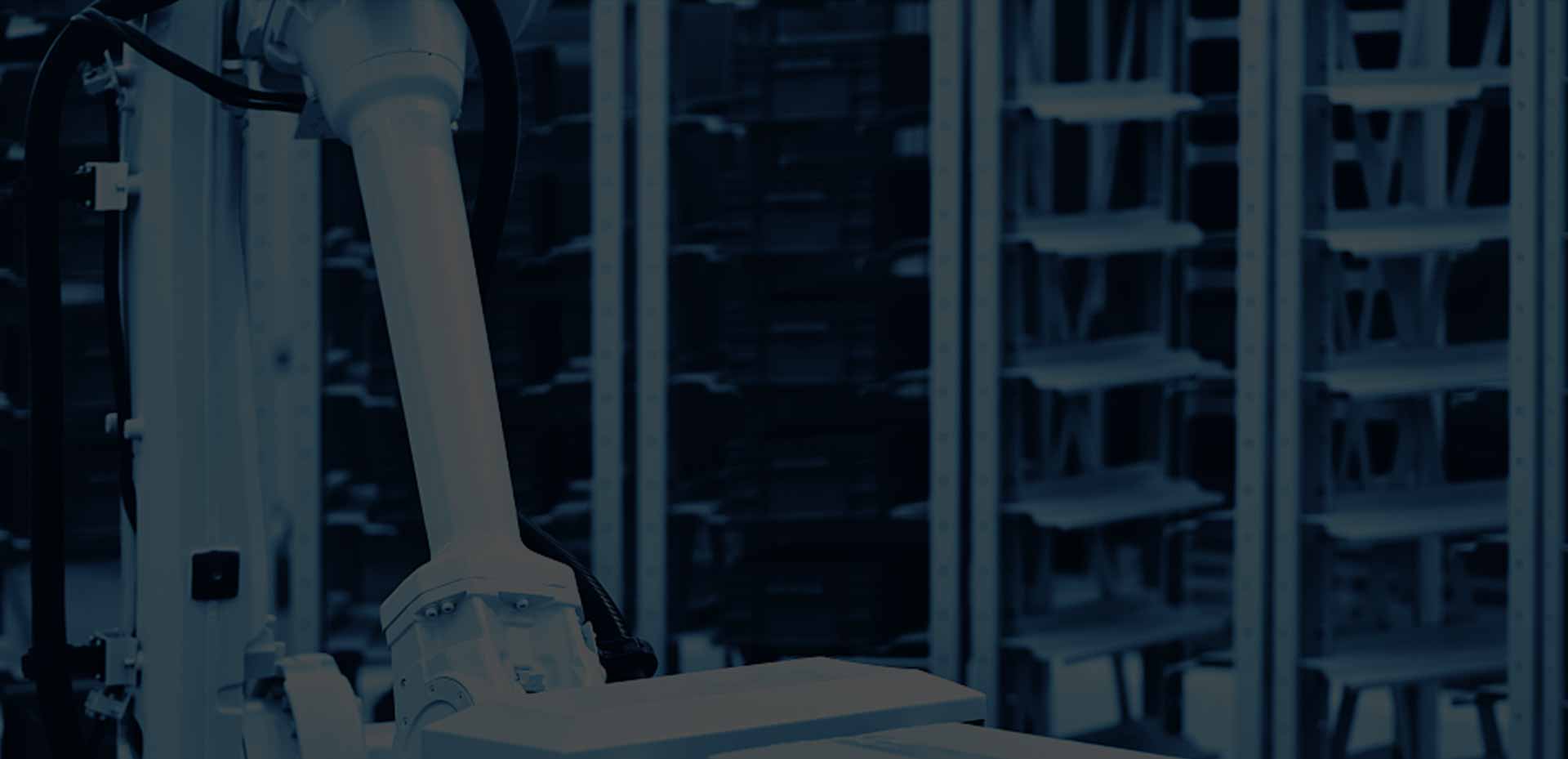

The first thing to understand is the maximum pressure value required by the system. Therefore, the maximum pressure range of the pressure sensor should reach 1.5 times the maximum pressure value required by the system. These additional pressure ranges are due to many systems, especially water pressure and process control, which have pressure peaks or continuous pulses. These peaks may reach five to ten times the "maximum" pressure, which may cause damage to the sensor. Continuous high-pressure pulses close to or exceeding the sensor's maximum rated pressure will also shorten the sensor's life. Therefore, just increasing the rated pressure of the sensor is not a comprehensive solution because this sacrifices the resolution of the sensor. A buffer can also be used to attenuate peaks, but this is only a compromise because it will reduce the response speed of the sensor.
Accuracy is a term commonly used in the industry to describe the output error of a sensor. It comes from nonlinearity, hysteresis, irreversibility, temperature, zero point balance calibration, and humidity effects. Usually, we specify accuracy as a comprehensive effect of nonlinearity, hysteresis, and irreversibility. For many sensors, "accuracy" will be lower than the nominal value due to factors such as temperature and zero point balance. Does the corresponding system really need such high accuracy? A system composed of high-precision sensors and low-resolution instruments is actually an inefficient solution, and higher-precision sensors are more expensive.
Like all physical equipment systems, pressure sensors may produce errors or even become unusable in extreme temperature environments. Generally, each sensor will have two temperature ranges, namely the working range and the compensation range. The compensation range is included in the working range. The working range refers to the range in which the sensor can be exposed to the medium without damage after being energized. However, this does not mean that its performance can also reach the nominal specification (temperature coefficient) when it is outside the compensation range.
The compensation range is generally a narrower range within the working range. Within this range, the sensor ensures that it can reach the nominal specifications. Temperature affects the sensor in two ways, one is to cause zero drift, and the other is to affect the output of the entire range. If there are no parameters, it will cause uncertainty in use. So, is the change in the output of the pressure sensor due to pressure changes or temperature changes? When understanding how to use the sensor, temperature effects will be the most complicated part.
TG Load Cells offers two main types of pressure sensors:
strain gauge type pressure sensor

86-552-4923688
No. 118, Jiahe Road, High-Tech Zone, Bengbu, Anhui, China
 English
English 日本語
日本語 한국어
한국어 français
français Deutsch
Deutsch Español
Español italiano
italiano português
português العربية
العربية tiếng việt
tiếng việt ไทย
ไทย